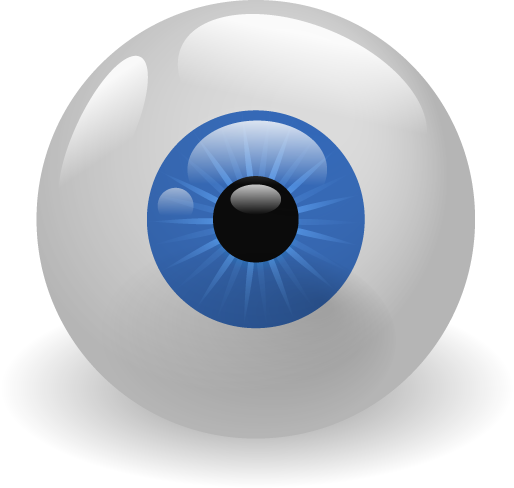Biology µGCSE:The Eye
10 quick questions - for GCSE and iGCSE
10 minutes maximum! Can you do it in 5? |
|||||||||||||||||
| 1. The eye is a sense organ. Sense organs have receptors that detect changes in the environment.
Which word describes one of these changes in the environment that is detected?
| |||||||||||||||||
2-6: The image shows a cross section of a mammalian eye:
|
|
||||||||||||||||
2. Structure X is the ...
| |||||||||||||||||
3. Structure Y is the ...
| |||||||||||||||||
4. Which structure first refracts the light as it enters the eye?
| |||||||||||||||||
5. Where in the eye are the light receptors found?
| |||||||||||||||||
6. If structure M is damaged ...
| |||||||||||||||||
7+8: The image shows a person's pupil in a dark room. The person leaves the room and goes outside where the sun is shining brightly. |
 |
||||||||||||||||
7. Which row in the following table shows their pupil size correctly in the two different locations?
| |||||||||||||||||
8. This reflex response ...
| |||||||||||||||||
9. Which of the following is the correct combination for viewing a distant object?
| |||||||||||||||||
10. The retina has two types of receptor cells, rods and cones. Which statement is true?
| |||||||||||||||||